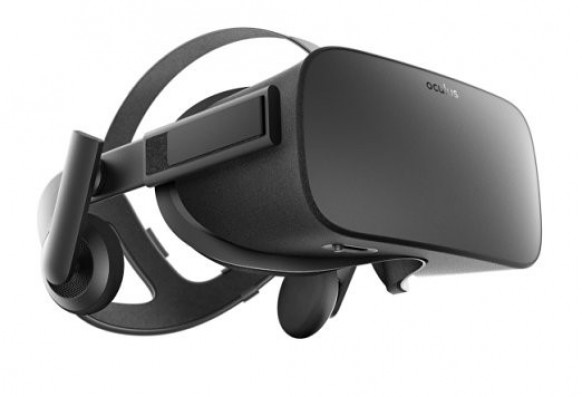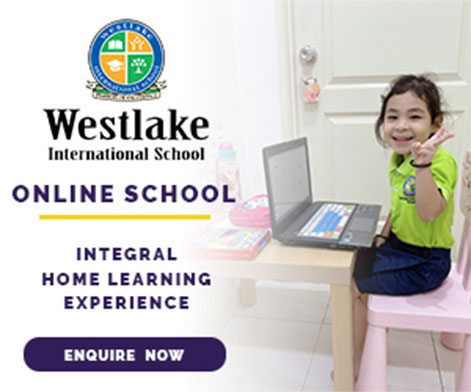Technology in Schools, future changes in the classroom
 Schooladvisor Team
Schooladvisor TeamBy David Devey, Head of Learning TechnologyThe Alice Smith School
Technology in education has become so prolific that tablets and laptops are now almost as ubiquitous as pens and pencils as part of a student's start of school kit. There are apps, websites, videos, games and classroom management tools that can be used to support and enhance the teaching of almost every conceivable curriculum area. Tools like “G-Suite” (the rebranded Google Apps) and “Microsoft Office 365” have enabled communication and collaboration on a new level and truly distributed the traditional classroom to a point where learning can take place anytime and anywhere. Collaborative workspaces and communications with teaching staff have become as easy as opening Google Classroom in your browser.
A few years ago, many of these features would have been referred to as a “virtual” classroom. A stagnant and bland place where students could draw on shared whiteboards, watch video’s provided by their teachers and send instant messages to their peers. Today, these are simply a part of a standard classroom and no longer seen as virtual. Instead, we are on the cusp of a technological advance that has the potential to reinvent education and truly revolutionise what the “virtual” classroom really means.
Virtual reality technology has been around since the early 90’s. A time when graphics were neon and blocky where entering a virtual world involved strapping a 3kg helmet to your head and stumbling around a restrictive circular treadmill. Suffice to say this type of “VR” experience was a novelty at best.
Fast forward 30 years and the virtual reality experience has developed to the point where it is about to hit the mainstream. The first product to launch this revolution was the (now) Facebook owned and much hyped “Oculus Rift”, one of the most successful Kickstarter campaigns of all time. With a product that has been in development for over 3 years, the vision has given many companies the time to experiment. Google probably had the biggest impact in education with its “Google Cardboard”. A cardboard viewing device that would allow a user to strap a phone to their heads giving a pseudo VR experience. Despite its almost comedic value, it did pave the way for a significant number of VR services including VR YouTube and a variety of VR “experiences”. You can already go on a “virtual” ascent of the Igor, using no more than Google Cardboard, your phone and access to YouTube.
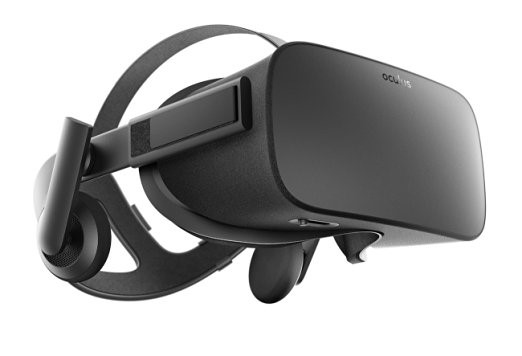
The production version of the Oculus Rift
Since then, the HTC Vive, Windows VR and the Playstation VR have reached the market. All of which promise to drop players into lifelike and truly immersive worlds from the comfort of the sofa. The technology is already being built natively into every copy of Windows 10. At this stage, the “Rift” and “Vive” are prohibitively expensive and require a fast, costly PC to power them. The Windows VR has only just been announced and not many details are known. The Playstation VR offers inferior hardware but a far more accessible price. Either way, these are the first steps to getting virtual reality into the hands of consumers.
So what does this all mean for the classroom? As the cost of these devices drop and equipment becomes standardised, they will become more accessible to schools. Imagine teaching the Battle of Hastings where students can literally immerse themselves into that world, learning how glaciers form or what it’s like on the surface of Mars by actually visiting these places. Already, you can use “Tilt Brush” to create VR art, play Minecraft in VR or “experience” what it’s like to climb Everest. As the technology becomes more prolific, more and more developers will create useful educational applications for them.
Let’s not forget the offshoot of VR: Augmented Reality. The Microsoft Hololens is a product that allows you to explore the physical world, with a digital overlay. Imagine being able to study engineering where instead of looking at pictures in a text book, you can manipulate virtual objects and see how they could fit with physical ones. This technology is already being used in the medical industry to train doctors and has the potential to revolutionise the way we learn.
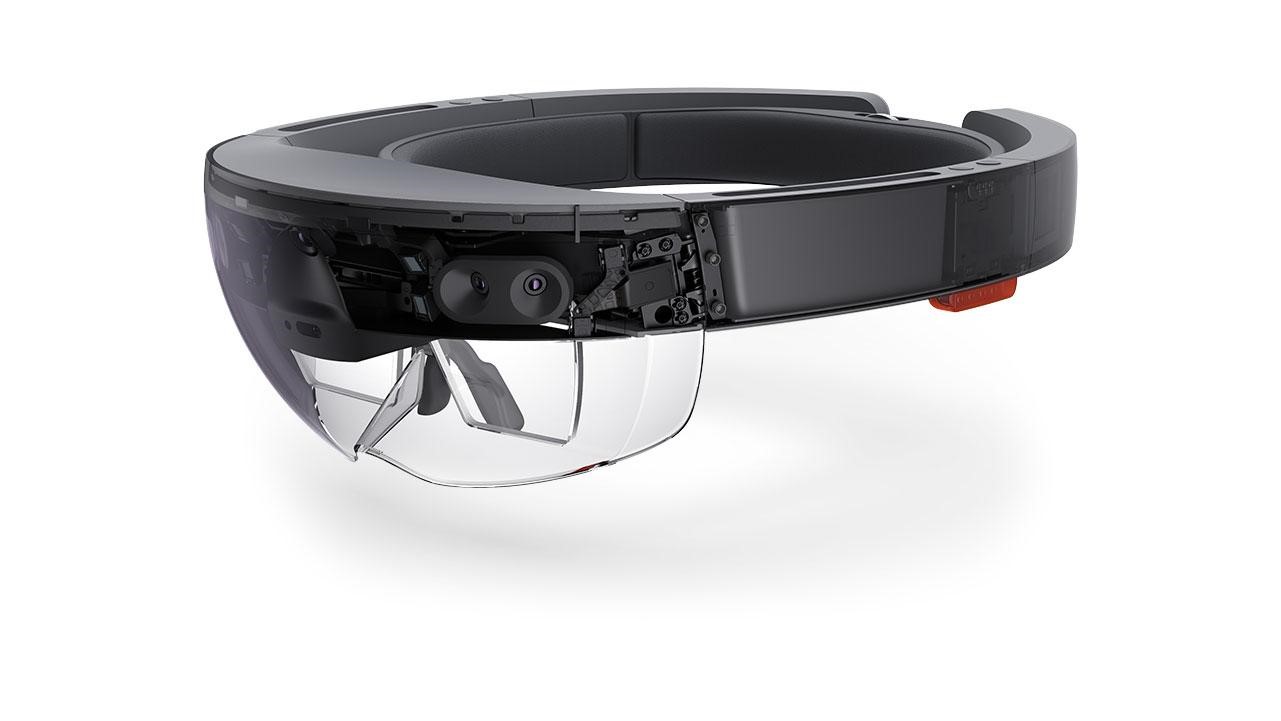
Microsoft Hololens - Augmented Reality Headset
A few years ago this was a fantasy world, but the reality of a virtual world is now just around the corner. Very soon, the children of tomorrow will be able to learn through a world of experiences that were never before possible. All without leaving the classroom.
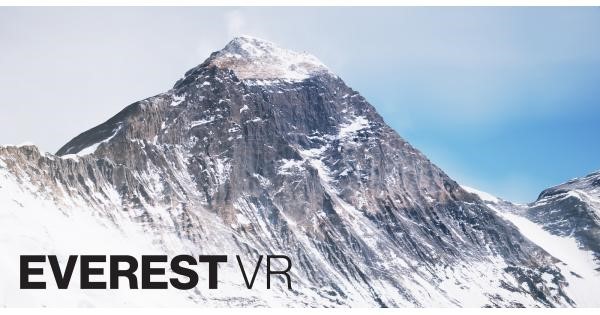
Experience what it’s like to climb everest using Virtual Reality
About The Alice Smith School
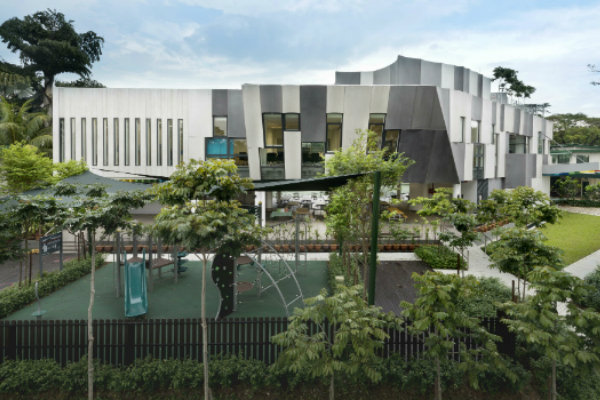
Established in 1946 by Mrs Alice Fairfield-Smith to provide expatriate children with a high quality education in Kuala Lumpur. Alice Smith is the oldest British school in Malaysia and one of the oldest in SE Asia. The school is very proud of its history and reputation as one of the leading international schools in the region.
Similar to most independent schools in the UK, Alice Smith is run on a ‘not for profit’ basis. The school is an educational foundation and all of its revenue from school fees is used to invest in the education of our students and maintain and develop the quality of the school’s facilities and resources. Alice Smith is the only British international school in Kuala Lumpur which is 'not for profit'. They have two stunning campuses, Primary and Secondary, with world-class facilities and an abundance of green, open spaces.
Recent Articles
- What Should You Be Looking for in a Preschool?
- HELP Education Group Unveils New Sports Oval in Subang 2 Campus
- Exploring the Homeschooling Path: What Parents Need to Know Before Taking the Leap
- More Parents Are Now Opting for International Schools in Malaysia
- AISM Students Who Dream Big and Build Bigger
